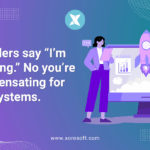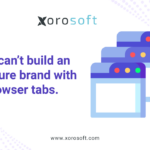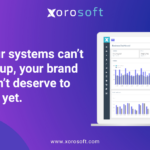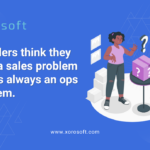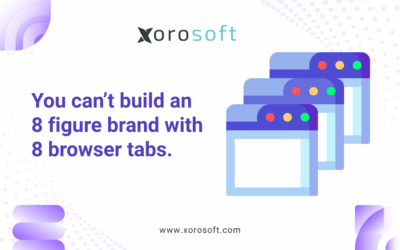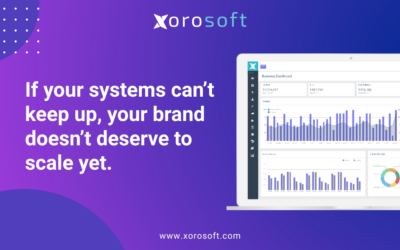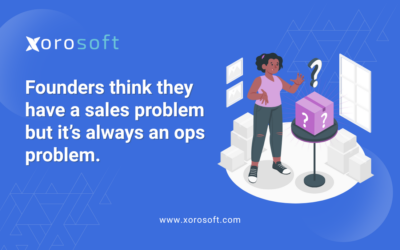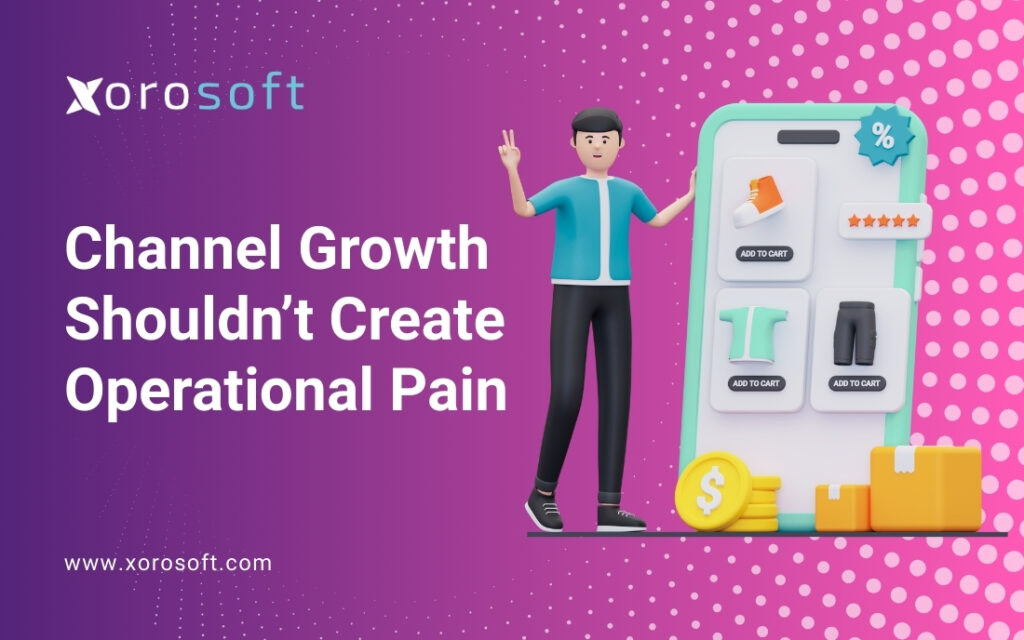
When Growth Starts to Hurt
At first, every new channel feels like a win. However, without the right systems in place—specifically a multi-channel ERP solution—that excitement can quickly turn into operational headaches.
You launch on Shopify and sales double. Then you add Amazon and hit new markets. Next comes wholesale, maybe a 3PL, maybe a warehouse. It’s all good — until it’s not.
Soon, what once felt like momentum turns into missed orders, low inventory alerts, accounting fire drills, and frustrated teams scrambling in spreadsheets just to answer simple questions like:
“What’s in stock, and what’s already committed?”
Therefore, businesses aiming to scale must rethink their operational foundation. When growth creates pain, it’s often due to the absence of a true multi-channel ERP solution.
Disconnected Channels Are a Hidden Liability
Every time a new sales or fulfillment channel is added, your operational complexity multiplies. And if those systems aren’t built to talk to each other, your business pays the price.
Let’s break down what that actually looks like:
-
Inventory Confusion
You sell the same item on multiple channels, but each one has its own inventory count. A sale on Amazon doesn’t reflect on Shopify in time. As a result, you’re oversold, issuing apologies, and refunding customers. -
Fulfillment Chaos
Each platform sends orders into separate tools, causing confusion. Your team ends up copy-pasting Shopify orders into a shipping app, while another team manually updates a 3PL. Consequently, mistakes multiply. -
Delayed Financial Visibility
Teams rely on manual spreadsheets just to tie things together. Teams reconcile revenue across platforms (with different currencies, taxes, and discounts) becomes a tedious process that’s rarely current. -
Wasted Time and Burned Out Teams
Not only that, but every channel introduces another login, another step, and another chance for mistakes. Your operations team holds everything together — and eventually turns into the bottleneck.
Ultimately, this isn’t just inefficient. It’s unsustainable. You need a multi-channel ERP solution to eliminate these pain points once and for all.
Why This Keeps Happening
The root of the issue? Most businesses grow faster than their systems.
Here’s why it breaks:
-
Legacy Tools Weren’t Built for Multi-Channel
Spreadsheets, QuickBooks, and basic inventory tools don’t scale. They weren’t designed for omnichannel operations or real-time sync across platforms like Shopify, Amazon, and 3PLs. Moreover, they can’t handle this complexity. -
Siloed Apps Don’t Talk to Each Other
Even if you’re using modern apps, they often operate in isolation. Inventory tools don’t sync with fulfillment. Accounting remains unaware of warehouse returns. Consequently, This fragmentation reduces visibility across teams. -
No Real-Time Data, No Control
When teams work in disconnected systems, they make decisions using outdated or partial data. That often leads to overstocking, understocking, fulfillment delays, and financial blind spots.
In short, the business keeps growing. But without a multi-channel ERP solution, the foundation starts to crack.
Why a Multi-Channel ERP Solution Is the Only Way to Unify Operations
At a certain point, adding more tools isn’t helping—it’s hurting.
The real shift happens when companies stop duct-taping tools together and start building from a single source of truth. That’s where a modern multi-channel ERP solution changes everything.
With the right ERP in place:
-
Inventory syncs in real time across all channels
-
The system automatically routes orders to the correct warehouse or 3PL.
-
Accounting updates instantly with every transaction
-
Your team sees the full picture, not fragmented views
Rather than relying on fragile workarounds, you operate from one integrated system. Consequently, your business runs smoother, your teams make better decisions, and customers receive better service.
How Xorosoft’s Multi-Channel ERP Solution Makes It Easy
At Xorosoft, we’ve designed our ERP to handle this exact complexity — and make it feel simple.
Here’s how:
-
Cloud-native from day one
Fast to deploy, real-time access, and no legacy baggage. -
Shopify & Amazon integrations built-in
Connect sales channels directly into your operations — no middleware required.
→ Xorosoft ERP on Shopify -
Integrated Warehouse Management System (WMS)
Unlike bolt-on tools, Xorosoft’s WMS is native — with barcode support, real-time inventory, and multi-location control.
→ Explore our WMS features -
All-in-One Platform
Xorosoft handles procurement, inventory, fulfillment, returns, and accounting — in one place.
→ See full feature list -
Recognized for Ease of Use
G2 ranks us #1 for ERP ease of use.
→ G2 Reviews -
Multi-Channel, Multi-Currency, Multi-Location
Built to support global commerce, not just local operations. -
Hundreds of API Integrations
Seamlessly integrate with 3PLs, CRMs, shipping platforms, and more.
Furthermore, it’s designed to evolve with your business—not slow it down.
